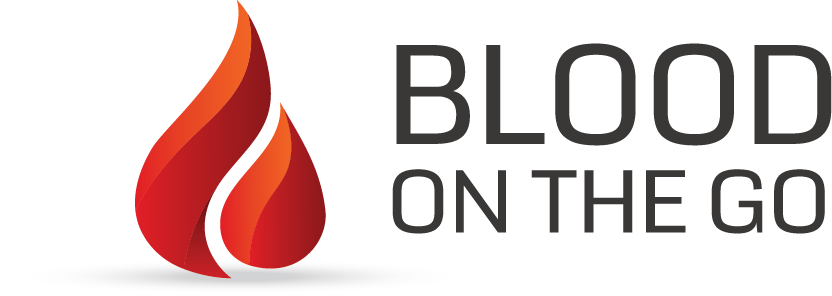How Exercise Affects Blood Flow
The process of exercise, whether that’s hitting the treadmill at the gym, playing a game of basketball, or even a hard day’s work, produces many physiological changes in the body. These changes all work together to redirect resources where they’re needed, when they’re needed. What’s more, some of these changes result in change that lasts beyond the end of your workout, and result in a healthier and more fit body. One of these changes is in blood flow.
Why is blood flow important during exercise?
When you exercise, you are taxing your muscles…pushing them to work longer and/or harder than they’re used to. Your muscles require more oxygen to be delivered to them during exercise. Without increased oxygen, your muscles would stop working after a couple of minutes or so. Blood delivers this oxygen to your muscles…oxygen received through the process of respiration (which is also sped up during exercise). Oxygen molecules attach themselves to hemoglobin in the blood. When blood reaches muscles, the oxygen molecules are offloaded to the muscles, whereupon carbon dioxide binds to the hemoglobin and is carried back to the lungs to be released through exhalation.
Increased blood flow
So as part of the process of getting more oxygen to your muscles, blood vessels dilate during exercise. Adenosine triphosphate, or ATP, gets used up by your muscles, which then produce waste products such as adenosine and carbon dioxide. As these leave your muscles, they cause your capillaries to expand, or dilate, resulting in increased capacity for blood flow to and from your muscles.
Blood flow redirection
Your body has built in ways to reroute certain processes when and where they’re needed, and blood flow is no exception. Blood flow is rerouted away from certain non-essential organs such as the stomach and intestines and toward your muscles. This increases the amount of oxygen that can reach your muscles…through the oxygen-rich blood that is now flowing more quickly and in greater quantity toward them.
Cardiac output
Finally, your heart also pumps faster while exercising, as anyone who’s had a good workout can attest to. This of course also results in faster blood flow. In fact, your heart’s blood flow increases by a whole 4-5 times during exercise in order to get more oxygenated blood to your muscles. As you can see, the body acts as one well-oiled machine, all systems in sync with each other in order to sustain activity.
Long term effects
Exercise produces numerous benefits long after your breath and heart rate have slowed down. As a result of working hard to pump blood quickly, your heart muscle becomes stronger, just like any other muscle in your body does after exercise. Your resting heart rate also will slow down with regular exercise. This is a positive change because it means your heart is more efficient; a low resting heart rate means your heart pumps more blood while doing less work.
Source:
https://health.howstuffworks.com/wellness/diet-fitness/exercise/sports-physiology9.htm
